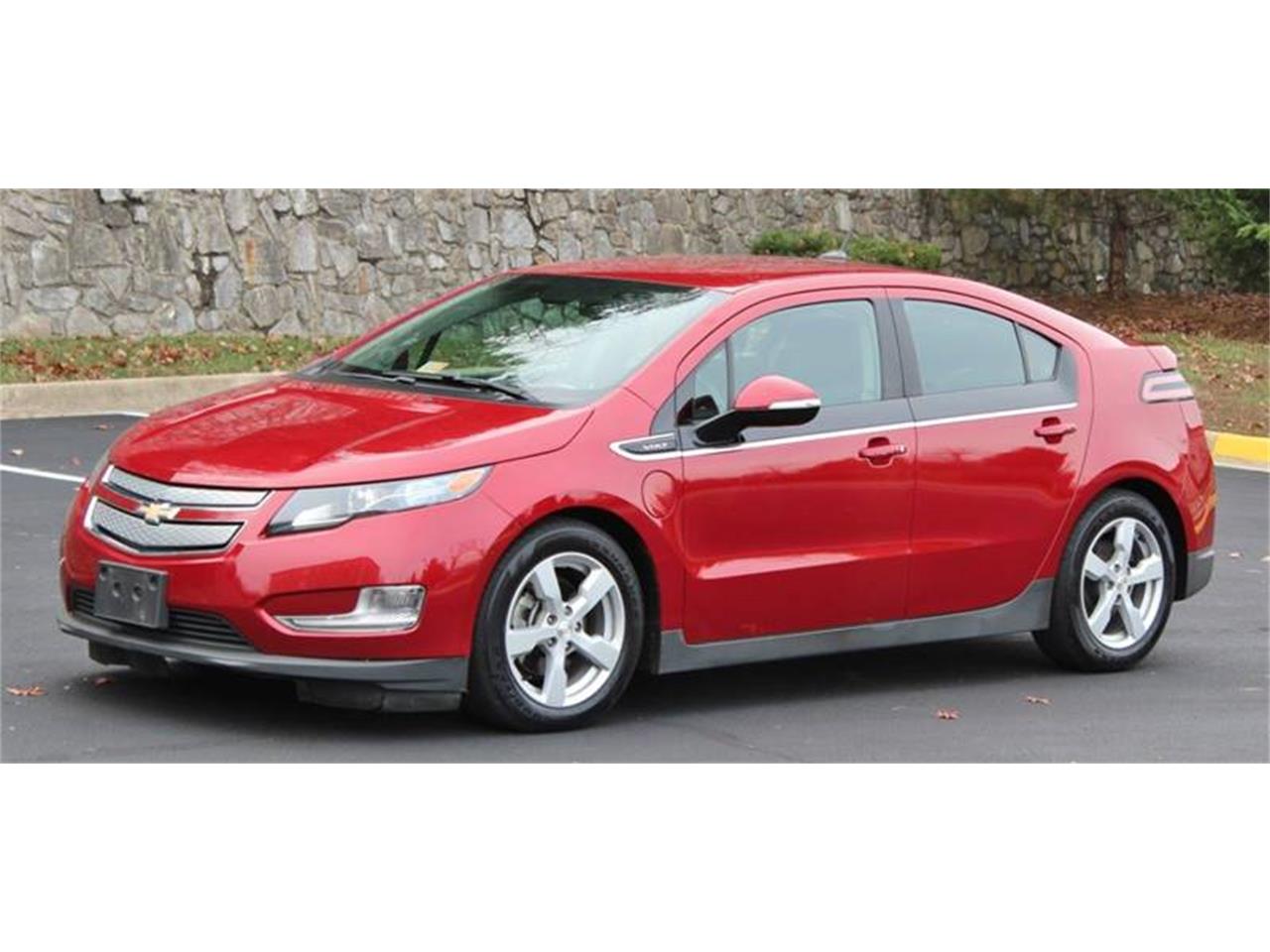

That smooth, even power delivery doesn’t change even when the gasoline engine starts, because the engine is used primarily* to charge the battery the electric motor still delivers power to the wheels. It’s as close to a magic carpet ride as you’ll get in an automobile. Stepping on the Volt’s accelerator brings a smooth, seamless rush of power, not unlike a jetliner taking off. Gasoline and diesel engines develop different amounts of power depending on how fast they are spinning, but electric motors can produce 100% of their power at any speed. DRIVING EXPERIENCEīecause the Chevy Volt uses an electric motor to turn the drive wheels, it feels completely different than a traditional engine-powered car. The Volt had perfect scores in the Insurance Institute for Highway Safety’s front, rear, side and roof-crush tests, earning it a Best Safety Pick award. The Chevrolet Volt comes with much of the same safety equipment found in a traditional car: Eight airbags (including two that protect the front seat occupants’ knees), antilock brakes, and electronic stability control, with a backup camera, lane-departure and front-collision warning systems on the option list. Nifty though the touch-panel is, I’d rather have old-fashioned buttons.

This seems like a cool idea until you or your passenger accidentally brushes a hand against the panel and turns the stereo up or the A/C down. The controls are downright futuristic: There’s an LCD monitor in place of a dashboard, an LCD touch-screen for the stereo and navigation, and touch-sensitive panels instead of traditional buttons for the stereo and climate control system.
#Chevy volt range 2013 free#
The trunk is small (10.6 cubic feet) but it’s boxy and free of obtrusions, so it’s great for grocery bags or valises. It’s a similar deal for the rear seating, which is both narrow and lacking in headroom, a limit of the Volt’s aerodynamic shape. The Volt’s battery pack lives in a tunnel that runs down the center of the car, which limits the width of the seats, and if you share my love for burgers and cheesecake, you might find the seats a bit constricting. Space inside the Chevrolet Volt is a bit tight. And even if you’re a 50-mile-per-day driver, your Chevy Volt will still use far less fuel than a traditional car or hybrid. So if you have a set routine, and if you fall right around the average, you may well spend more on gasoline for your lawnmower than you will for your Volt. Why did General Motors give the Chevrolet Volt a 38 mile electric-only range, when other electric cars go 75 to 150 miles? Because the average American drives about 33 miles per day. Plug it in or fill it up with a Volt, the choice is yours. If the battery runs low, the Volt automatically starts up its little gasoline engine and begins generating its own electricity - about 300 miles’ worth. Not one single drop.Īny electric car can do that - but what happens when something comes up, like a mid-day doctor’s appointment in the next county? That’s where the Chevrolet Volt’s true brilliance shows itself. You know how much gasoline the Chevrolet Volt will use? None. You take a 4 mile round trip at lunchtime to eat and run some errands, then back to the kids’ school and home again, with a 2-mile diversion to the grocery store. Let’s say you drive the kids 3 miles to school, then go 9 more miles to work. In the morning, it’s ready for about 38 electric-powered, gasoline-free miles. Here’s how it works: At night, you plug the Chevy Volt into its charger. It is a battery-powered electric car in which you don’t have to worry about running out of electricity. The Chevrolet Volt is a revolutionary vehicle. With the Chevrolet Volt, that’s a real possibility - but unlike other electric cars, the Volt isn’t tethered to its plug. Imagine spending more money on gasoline for your lawnmower than you do for your car.


 0 kommentar(er)
0 kommentar(er)
